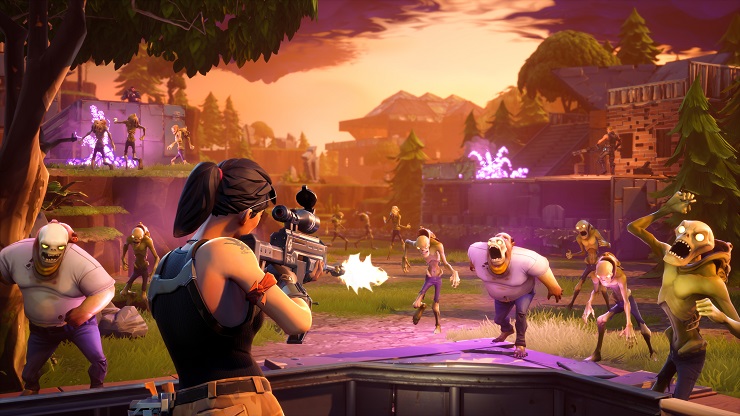Those younger readers in our audience might be surprised to find just how much stigma, and doubt was placed on the concept of free-to-play games when they first arrived. The thought was that either they could not offer anything approaching the quality of a mainstream AAA release, or that the games themselves would be intentionally crippled in order to support the different form of economy. While we have seen those very events happen on occasion, far more visible are the immense runaway successes, leading the way to what is arguably the most popular game in the world currently, Fortnite. How did we reach this point, and how might this funding system affect the industry going forward?
Seeking Adventurers
The games which initially brought this type of freemium funding to the front line tended to be early MMORPG. Games like Furcadia and Runescape were simple in terms of graphics, but their depth continually attracted new players, and the free price point up front meant very low barriers to entry. Here players could purchase more if they were fans of the game, helping to support it and their characters both.
While the west and Japan made many efforts from the early 2000s onwards, it was really the popularity of heavy hitters like League of Legends which opened the eyes of AAA developers to the potential market value, earning hundreds of millions of dollars each year even without the funds from the initial investment. It wasn’t just what we strictly define as traditional video games as catching this fever either, as casual games, the sort of which are hosted on Facebook, were also quick to adopt this method. Similarly, even online casinos felt the draw, integrating aspects of free spins offers and various bonus systems to appeal to our same desire for something for nothing.
Dangerous Implications
While our previous examples have been nothing but positive, it should be noted that the bigger names in the industry like EA and Activision have been far less positive in their integration of free-to-play mechanics. Seeing that League of Legends now pulls in over a billion dollars annually through its systems, AAA developers have been eager for a piece of the pie. The problem is that rather than giving a truly free-to-play experience, these developers and publishers attach free to play mechanics on top of an already full-priced experience, in what people have termed ‘fee-to-pay’.
The effect here for the player is that we are effectively sold only a portion of a game, with the rest being locked behind further payments. As the general idea of full-priced games is, well, getting a complete game, then you can see how this has been a major cause for concern. In fact, the most downvoted comment in Reddit history came from EA’s terrible attempt to explain a free-to-play-based “pay-to-win” system on top of their full-priced Battlefield 2.
Fighting Future
While there is little doubt that there will be many future games ruined by fee-to-pay systems, the more standard payment systems and traditional free-to-play systems have only gotten better. Fortnite has shown us that there is no limit to what these games can achieve, and with the diligent input of the vocal gaming community, we can all help shape the trajectory of gaming into something a bit more palatable than what EA and Activision have been pushing in the last few years.







